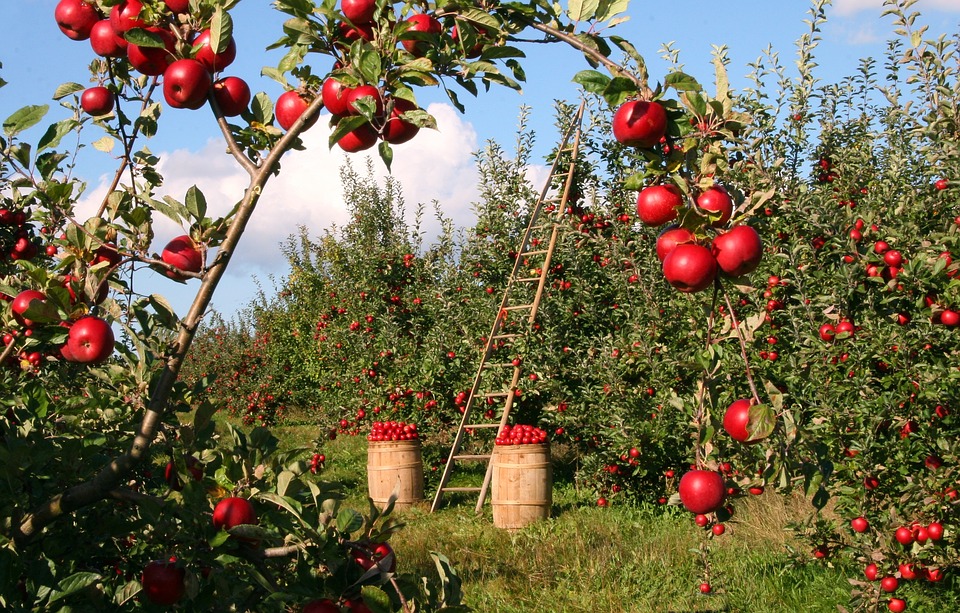Note that your final mark will not be saved in the system.
3.6.1.1 Food sources GapFill
You must fill all the gaps before clicking ‘Check Answers!’

The most traditional way of growing foods includes fields and orchards. These are large areas in which roots, bushes and trees are grown to produce , fruits, nuts and seeds. They are kept under the open sky, which means that they are susceptible to all weather changes, low and high temperatures, droughts and floods, overexploitation, pests, rodents, wild animals and birds. Managing a field or an orchard in a certain region also involves deciding what plants are actually capable of living in given conditions. All these factors mean that crops from fields and orchards are very unpredictable and require various treatments to overcome all possible dangers. To increase crops and prevent possible damage, most farmers decide to use , herbicides and many other chemicals.
People have learnt to rear a number of species to satisfy the needs of growing populations. Livestock includes (among others) , goats, sheep, pigs, rabbits and poultry. Animals are reared for meat, eggs, milk, leather and wool, and for their muscle power (for example, horses are still used as working animals during harvest season in some countries). Also their excrement is used to produce energy or as a . Depending on the country, or local habits or requests, people can rear camels, reindeer or even snails.
Caught foods include all wild animals that can be hunted and eaten. This includes and wild fish that live in the seas and oceans (such as tuna, mackerel, herring and shellfish).
The way we grow and rear our food is very important due to health and environmental reasons. farming means that fewer fertilisers and pesticides are used (under restrictions), and any used are naturally based, as well as having the highest standards of animal welfare, with no routine use of antibiotics, and being GM free.
It is believed that organic food is healthier for people, but it also requires more resources and, therefore, is more expensive than conventional foods. Organic farmers often apply crop rotation as a way of preserving nutrients in the soil, and plant certain species of plants to fertilise the crops and fight off vermin. Organic farming also allows maintenance of species diversity, as farmers often choose to plant many different species to ensure a long harvesting period. Also, as naturally occurring plants have various requirements for minerals, water, sunlight and warmth, farmers around the world have to use different varieties, as others would simply not survive in unfriendly conditions.
Furthermore, although conventional factory farming is the method most commonly used, more work is being done on the promotion of range (freedom of movement), sustainability (maintenance of ecological balance) and shopping for local produce. All of these may be considered by consumers when purchasing food
.